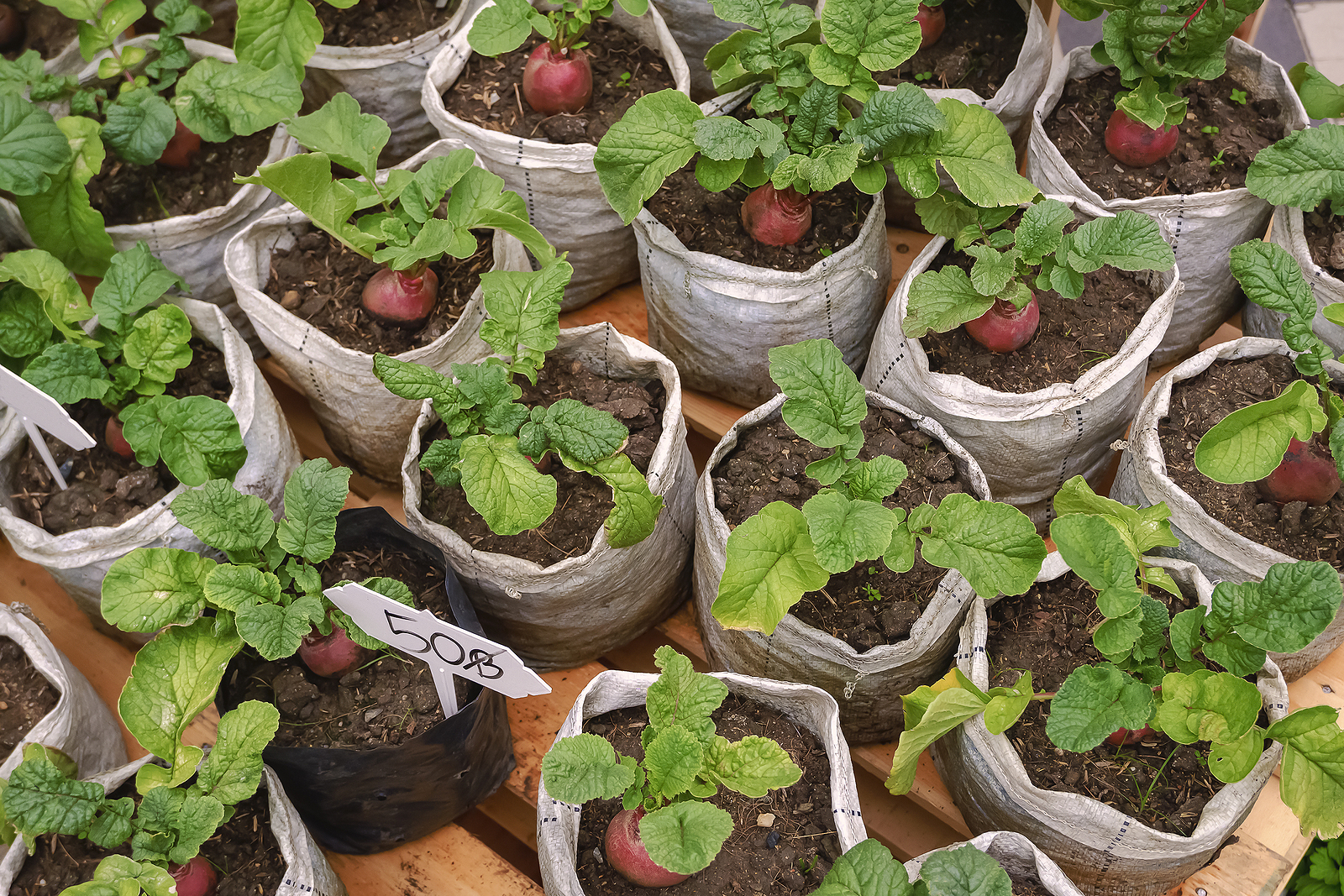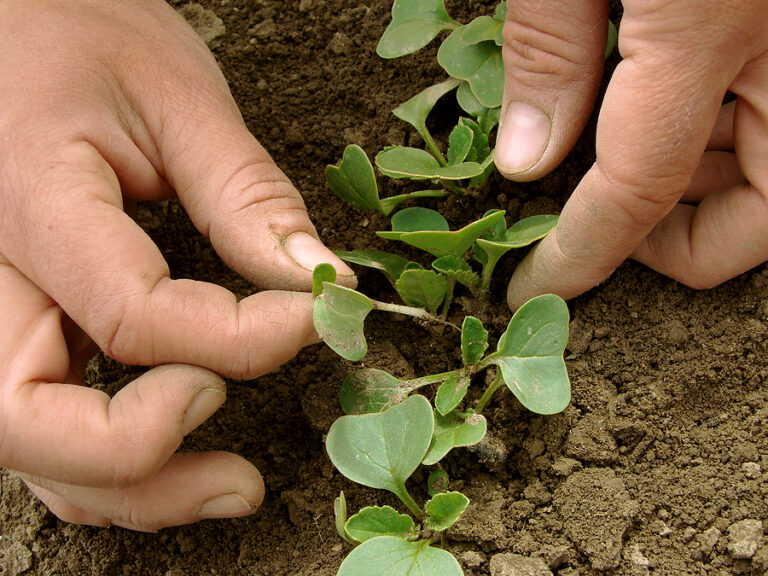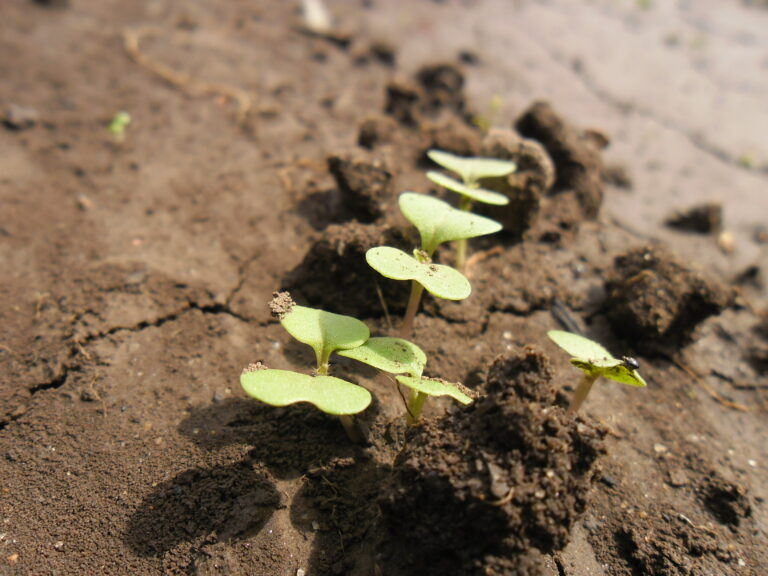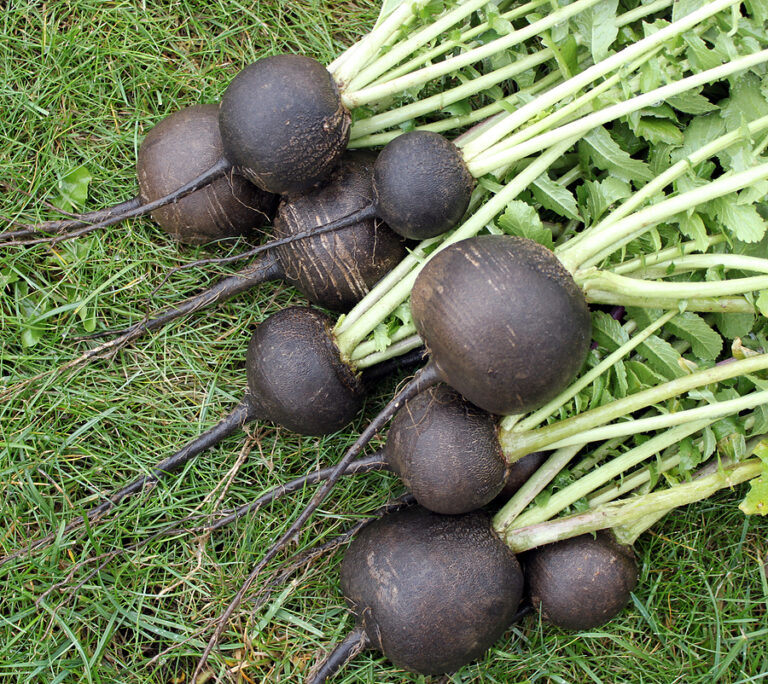How to Grow Beets in Raised Beds and Containers
Beets are an easy, rewarding crop for small spaces, making them perfect for raised beds and containers. In my 30+ years of growing vegetables in California’s Central Valley and Sonoma Valley, I’ve found that beets thrive in the loose, fertile soil of raised beds and the controlled conditions of deep containers. Whether you want a steady supply for roasting, pickling, or eating fresh, these methods will help you grow healthy, flavorful beets in limited space.
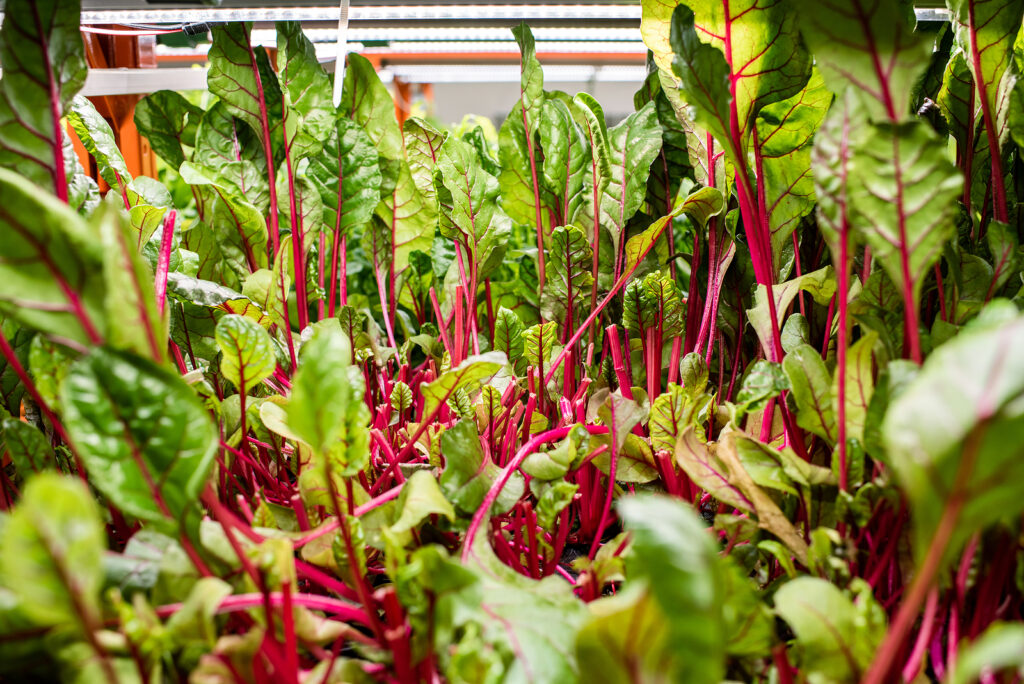
Why Raised Beds and Containers Are Ideal for Beets
- Loose, stone-free soil produces smooth, evenly shaped roots.
- Better drainage prevents root rot.
- Easier temperature control allows earlier spring and later fall planting.
- Accessible maintenance makes thinning, watering, and harvesting simpler.
Choosing the Right Variety
In smaller spaces, choose compact or cylindrical varieties:
- ‘Cylindra’ — Long, narrow roots, efficient use of space.
- ‘Detroit Dark Red’ — Reliable, uniform, and flavorful.
- ‘Touchstone Gold’ — Sweet, golden roots that don’t bleed color.
Growing Beets in Raised Beds
1. Soil Preparation
- Depth: Raised beds should be at least 12 inches deep.
- Amend with compost for fertility and loose texture.
- Maintain a pH between 6.0 and 7.0.
2. Planting
- Sow seeds ½ inch deep, 1 inch apart, in rows 12 inches apart.
- Thin seedlings to 3–4 inches apart once true leaves appear.
3. Care
- Keep soil evenly moist; dry spells lead to woody roots.
- Mulch to retain moisture and suppress weeds.
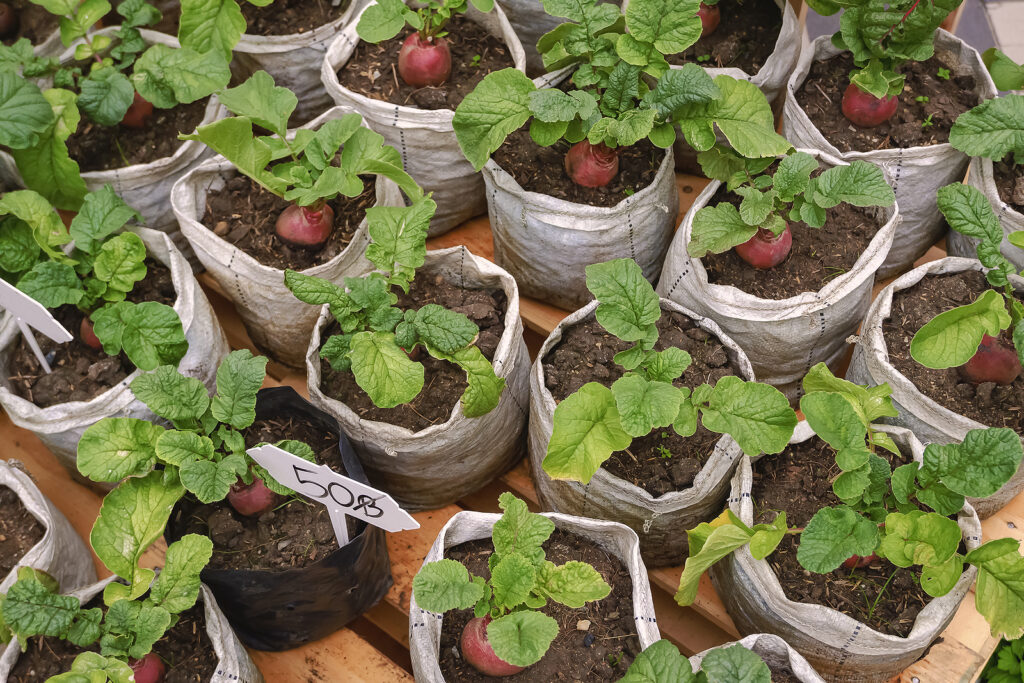
Growing Beets in Containers
1. Container Size and Type
- Minimum depth: 10–12 inches.
- Width depends on space available; wider containers allow more roots.
- Use pots, grow bags, or deep window boxes with drainage holes.
2. Soil Mix
- Use a high-quality potting mix, not garden soil.
- Add compost for nutrients and perlite for drainage.
3. Planting and Care
- Sow seeds directly into the container.
- Thin seedlings to 3–4 inches apart for full-sized roots.
- Water consistently—containers dry out faster than raised beds.
My Experience and Tips
In my own raised beds, I succession plant beets every 2–3 weeks for a continuous harvest. In containers, I prefer long, narrow planters placed in areas with morning sun and afternoon shade in warmer months. By controlling soil conditions, drainage, and planting density, I consistently harvest tender, sweet beets with minimal pest problems.
With the right setup, raised beds and containers can produce beautiful beets almost year-round in mild climates.
Beets Growing Hub
Start here: Ultimate Guide to Growing Beets from Seed to Harvest
1. Getting Started (Timing, Planting, Varieties)
- When to Plant Beets: Timing by Season and Region
- Beets Seed Starting Tips
- Thinning and Spacing Beets for Better Roots
- Beet Varieties for Small Spaces and Containers
- Best Beet Varieties for Sweet Flavor and Tender Texture
2. Growing & Care
- Best Companion Plants for Beets (And What to Avoid)
- How to Fertilize Beets for Root and Leaf Growth
- How Much Water Do Beets Need? A Watering Guide
- How to Grow Beets in Raised Beds and Containers
- Growing Beets in Hot Weather: Challenges and Solutions
- Succession Planting Beets for a Continuous Harvest
3. Problems & Troubleshooting
- Why Are My Beets Not Forming Roots? Common Growing Problems Solved
- Beets and Swiss Chard Growing Problems: Troubleshooting
4. Harvest, Storage & Kitchen Use
- How and When to Harvest Beets for Best Flavor
- How to Harvest and Store Beets
- Seven Ways to Cook and Serve Beets

